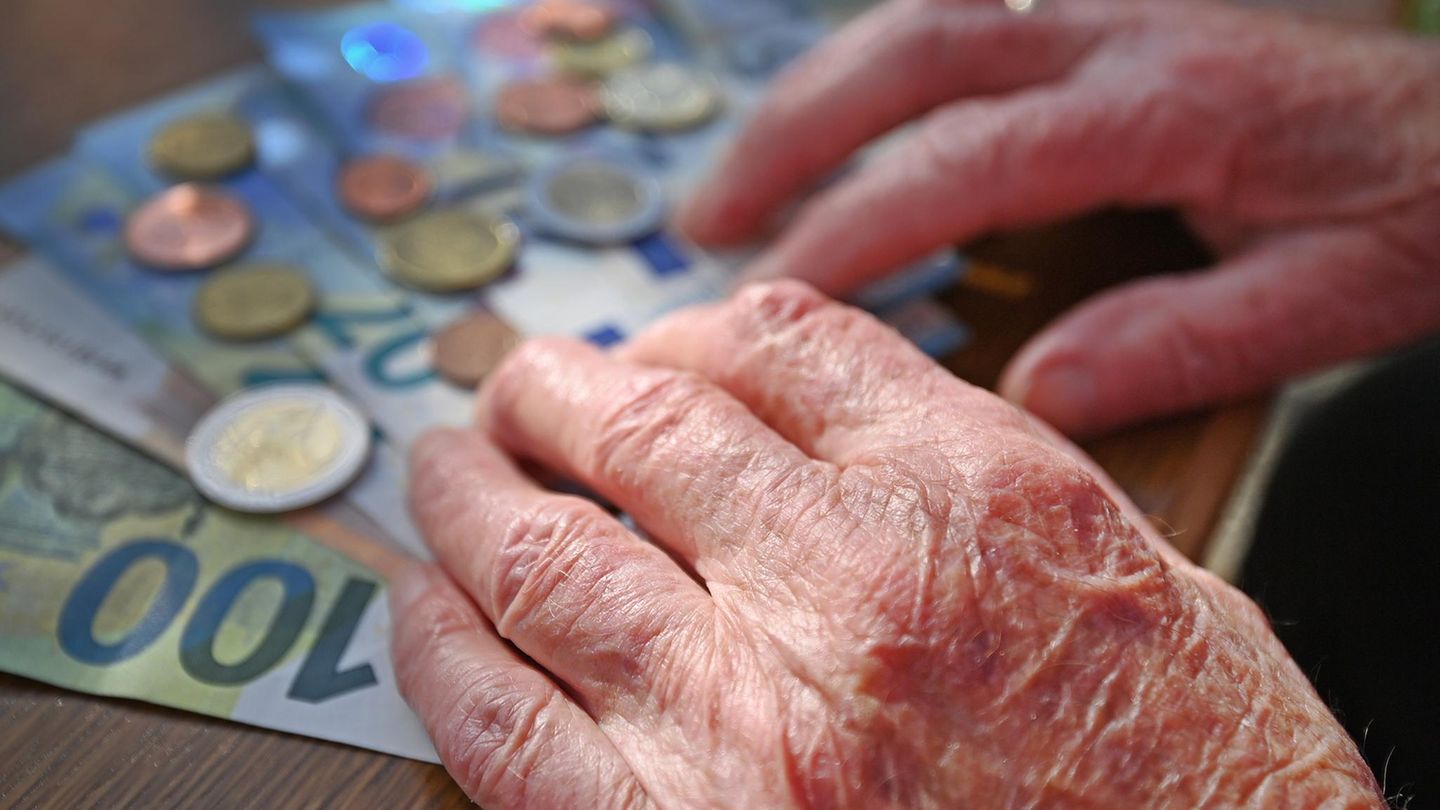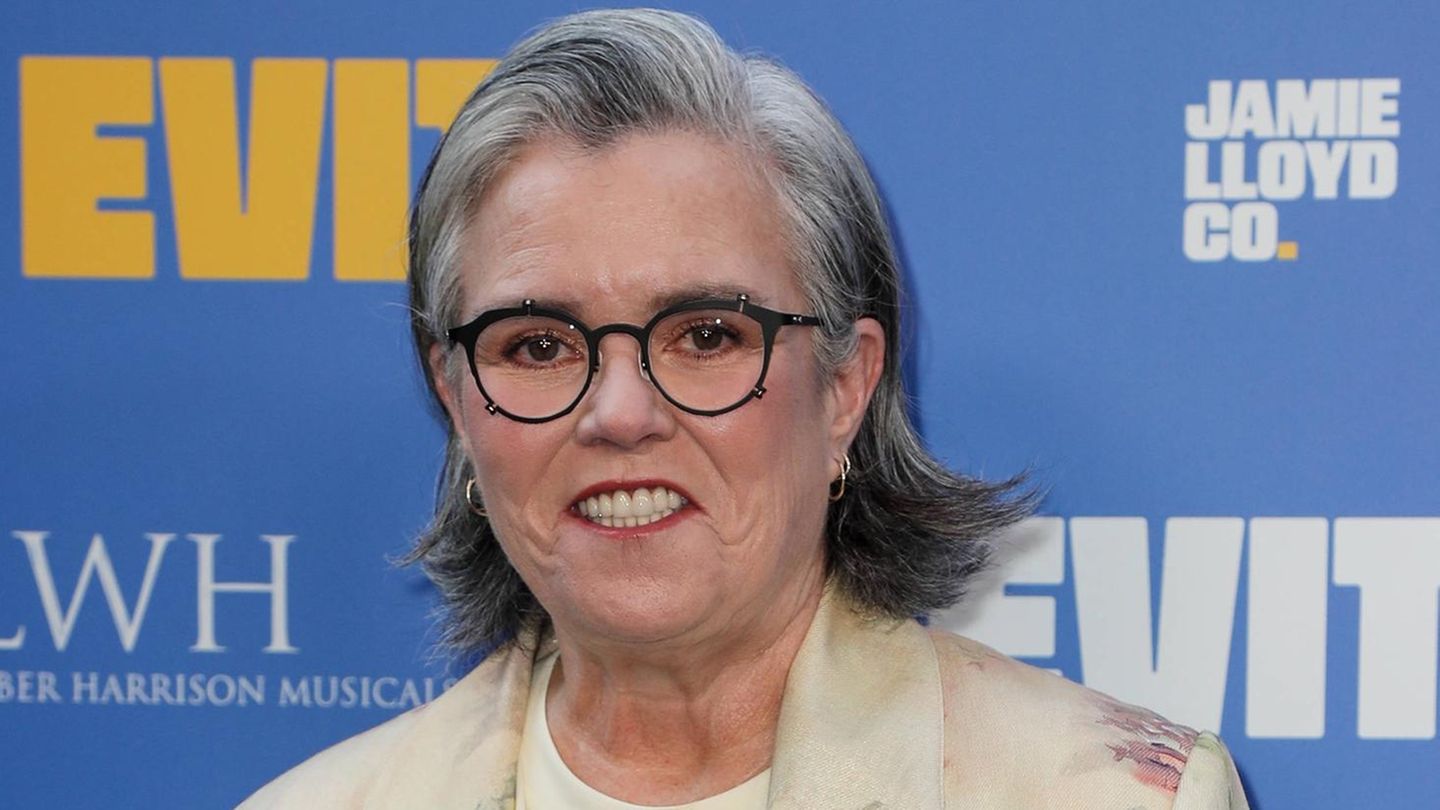The Federal Deposit Insurance Corporation (FDIC), the US regulatory body in charge of guaranteeing bank deposits, announced yesterday the seizure and sale of First Republic assets to JP Morgan, in an agreement that aims to put an end to a recent banking crisis in the United States Joined.
The content you want to access is exclusive to subscribers.
As reported by the Reuters agency, JPMorgan will make a payment of US$10.6 billion to the FDIC as part of an agreement whereby it will take control of most of the assets of the San Francisco-based entity. The company will thus have access to First Republic Bank’s coveted customer base.
California regulators also seized First Republic Bank and placed it in receivership by the FDIC along with the sale of its assets, marking the third failure of a major US bank in two months and the biggest since the Washington Mutual in the financial crisis of 2008.
The First Republic Bank was one of the main victims of the banking crisis unleashed in March, when depositors fled en masse from some US banks to institutions such as JPMorgan, which they considered safer.
Industry analysts and executives said the deal, reached over the weekend after the FDIC held an auction process involving several banks, should calm markets. But they added that this came at a cost: Bigger banks get stronger while smaller ones find it harder to do business.
As part of the transaction, First Republic Bank’s 84 offices in eight states will reopen as branches of JP Morgan Chase, the FDIC said in a statement. “All First Republic Bank depositors will become depositors of JP Morgan Chase Bank, National Association, and will have full access to all their deposits,” the statement added.
The fall of the First Republic – one of the 20 largest banks in the country – is the largest in US history. Not counting the bankruptcies of investment banks such as Lehman Brothers, in terms of the assets and deposits it held, only behind the 2008 Washington Mutual collapse, and surpassing that of Silicon Valley Bank.
Source: Ambito




